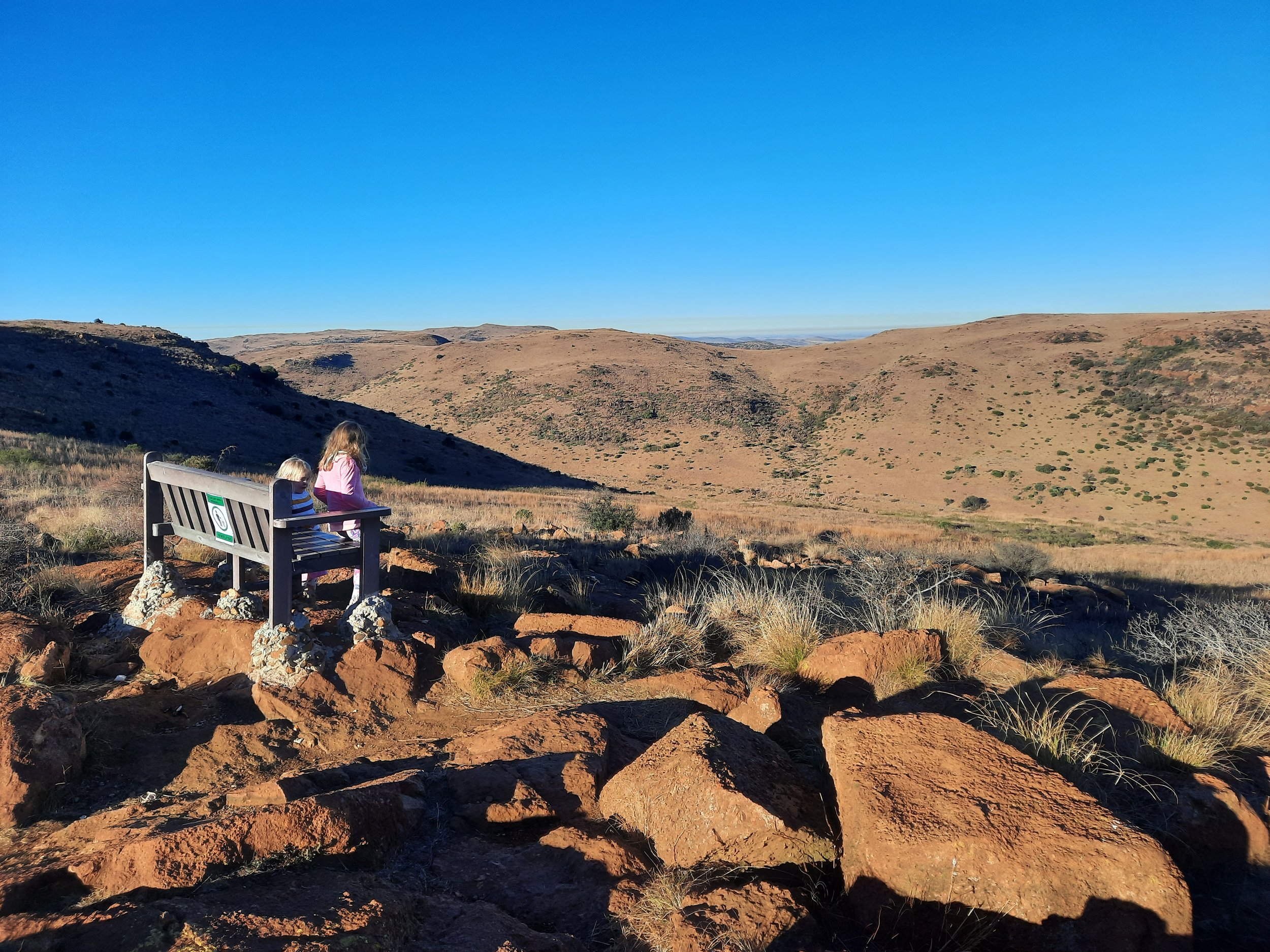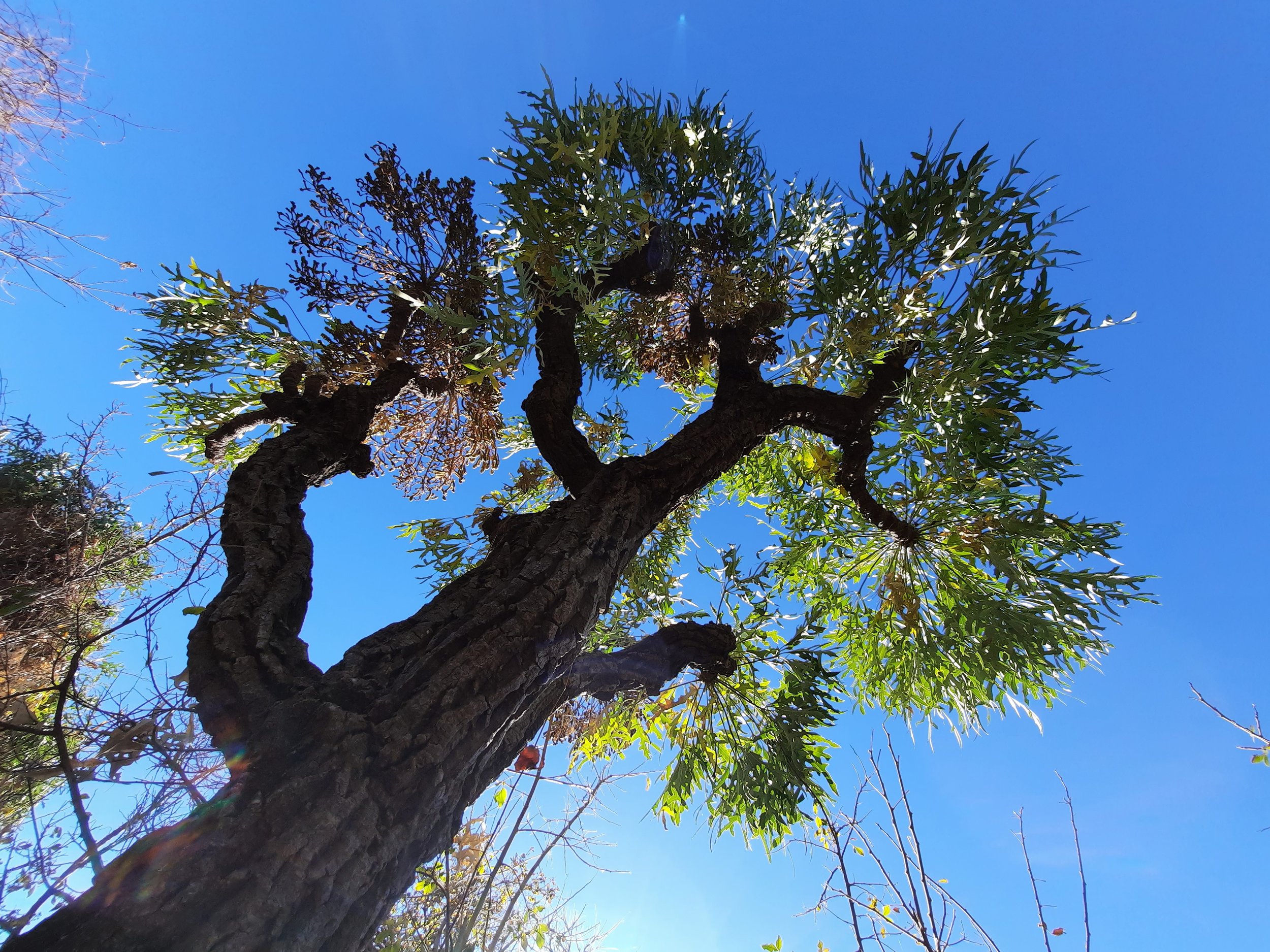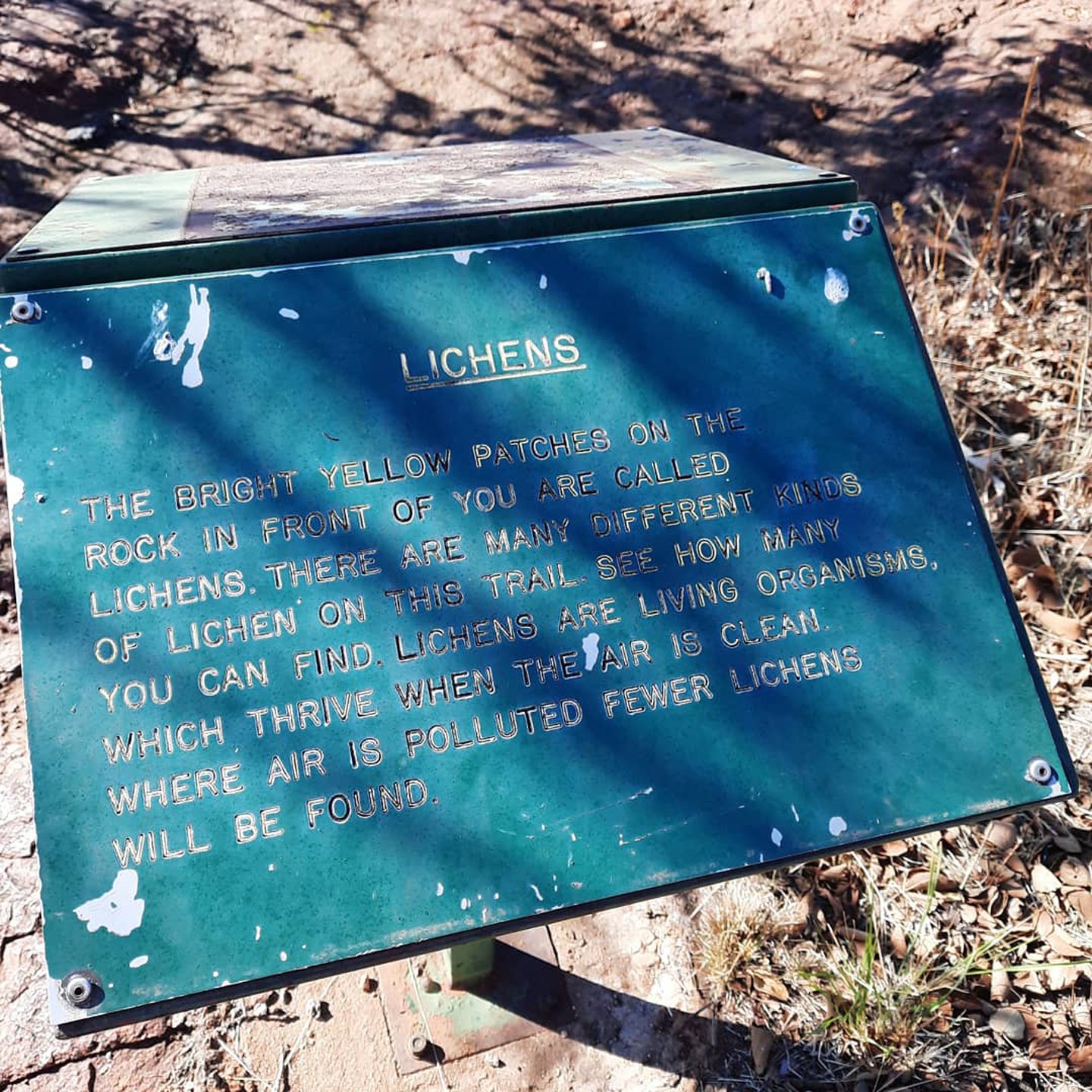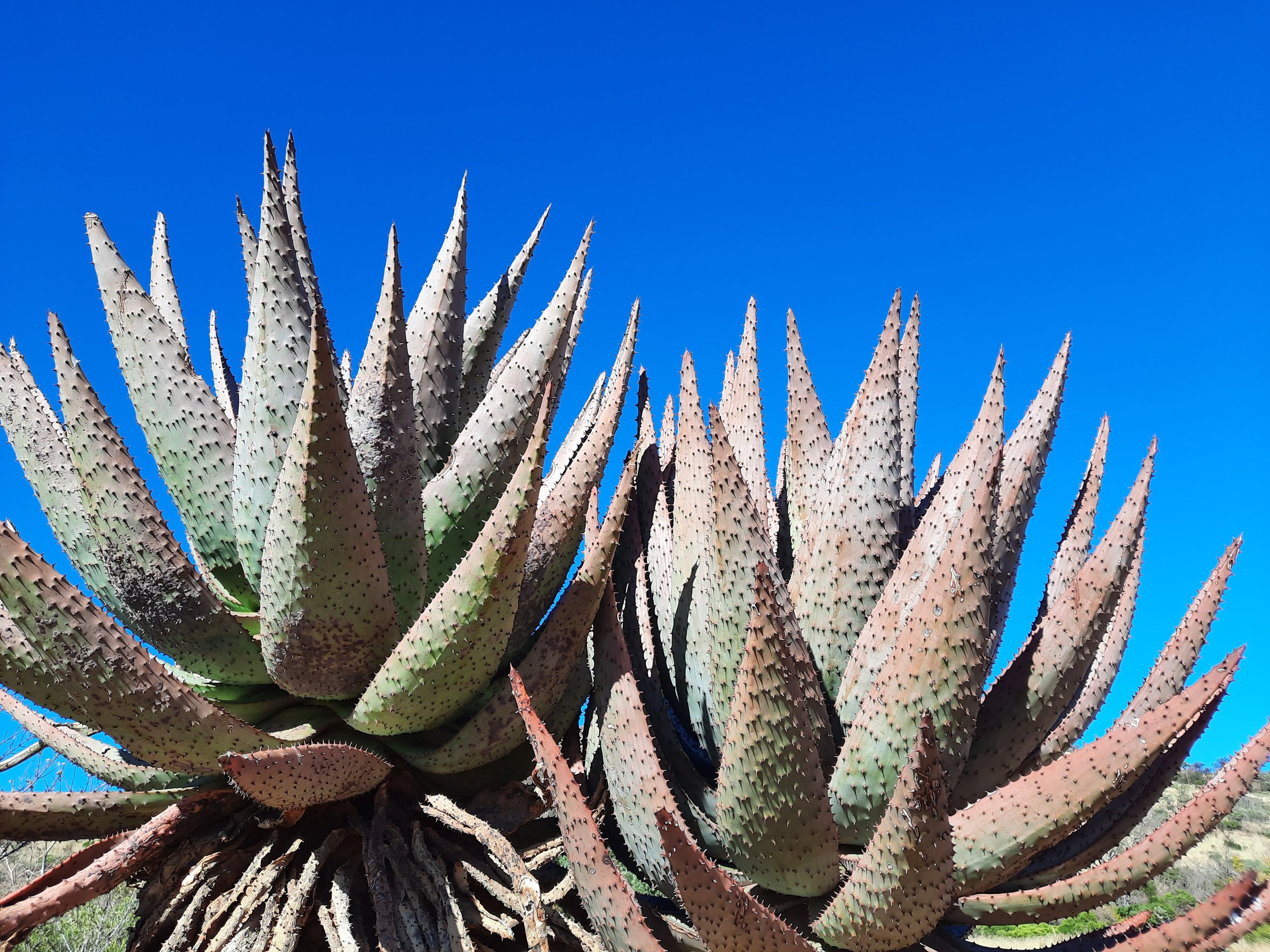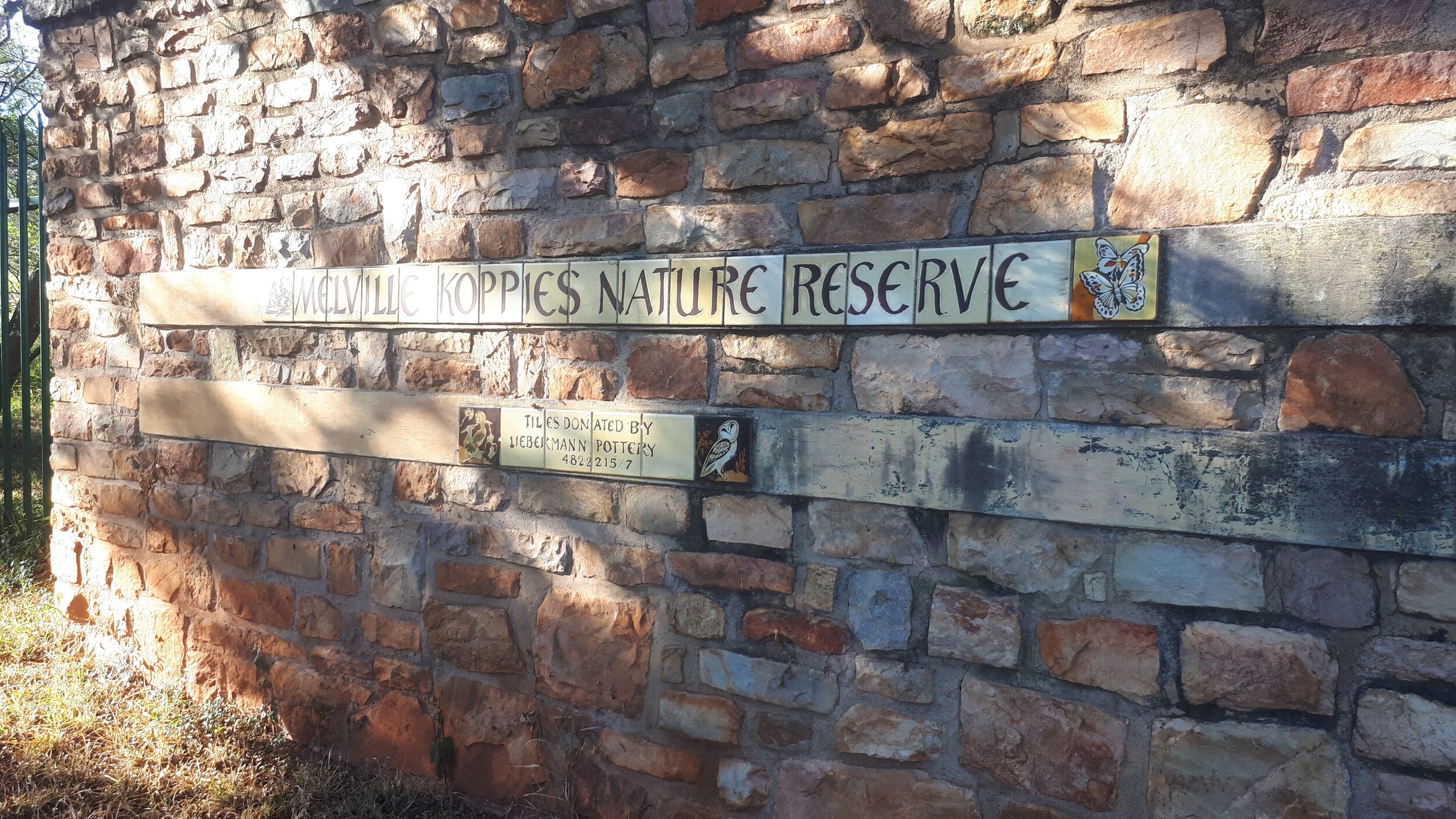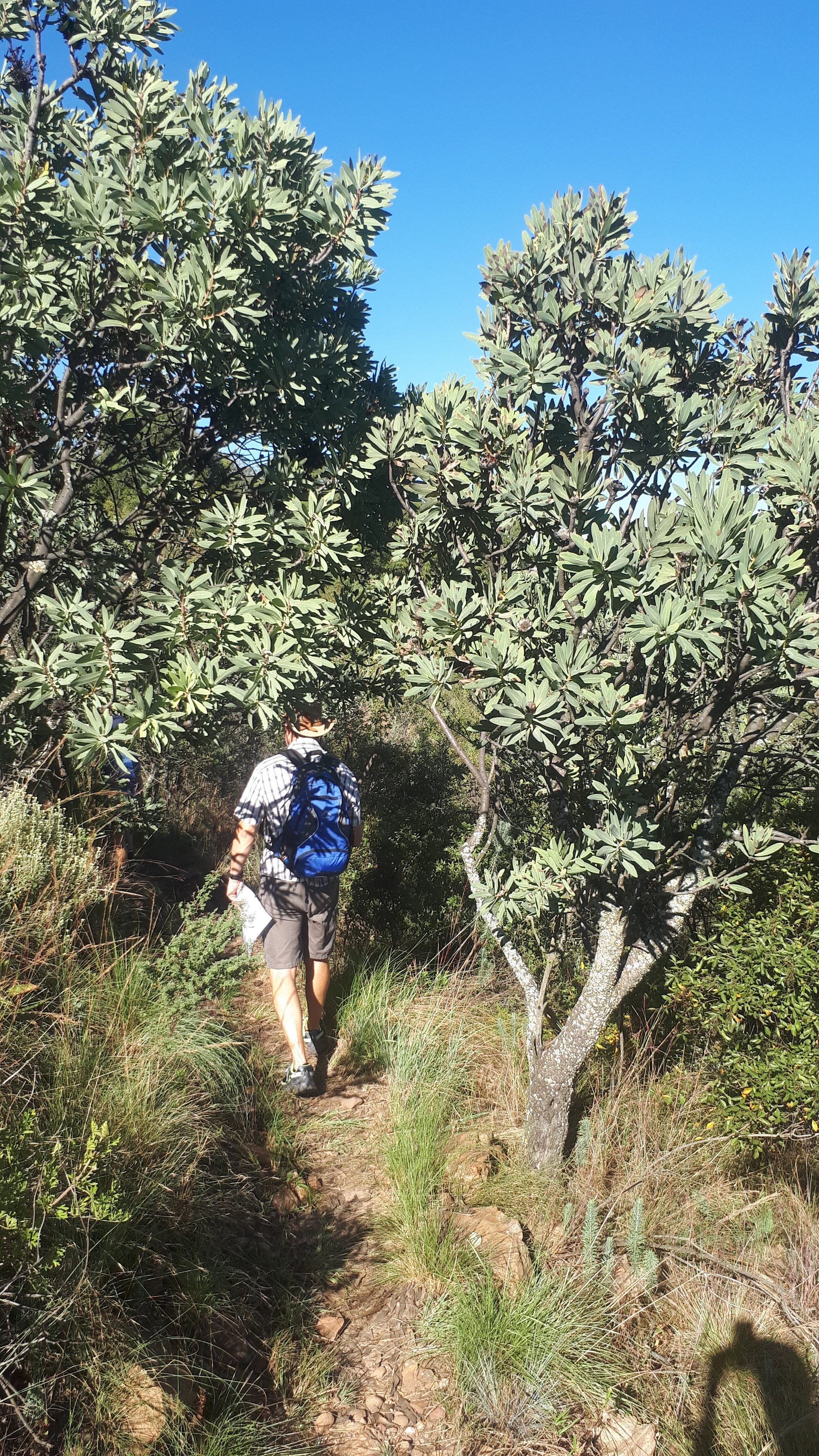Situated about an hours drive to the South of Johannesburg lies a nature reserve that is well known to birders, hikers and cyclists. The reserve is named after the Transvaal Sugar-bush (Protea caffra), which occurs chiefly in the eastern and south-eastern parts. The basic objectives of the nature reserve are to “conserve the natural environment ensuring that plant and animal species diversity is maintained and provide open-air outside recreation, environmental education and research opportunities”.
There are several trails in the reserve and more information can be found on the website. The Cheetah Trail is 4km and takes approximately 1.5hours. The Bokmakierie Day Trail is 10 or 11.5km. There are overnight huts along the hiking trail if you would like to do an overnight hike (self-guided and plan your own route).
Cussonia paniculata towering above us on the Toktokkie Trail
The tar road through the reserve provides the ideal challenge for cyclists as a single loop is 60 km and if you are even fitter you can add the second loop. We drove (this time, hopefully more cycling in the future) and enjoyed the views, stopping to walk short distances to look out points. Once back at the Base Camp (Diepkloof Picnic Area) we walked the short 700m Toktokkie Trail that winds up a gentle hill and provides a lovely view over the reserve. The trail is wheelchair friendly and the paved pathway has several signage boards along the route. The boards provide insights into nature that can be seen along the trail such as cabbage trees, aloes and lichen covered rocks. We also spotted several birds and some zebra.
Toktokkie Trail with Information Boards
We visited the reserve in winter so you can see the grasses are all yellow and the veld often burnt. In summer this reserve is all shades of green and filled with birdsong.
The vegetation is grassland with two grassland types namely Moist Cool Grassland and Rocky Highveld Grassland. Clumps of trees, especially White stinkwood (Celtis africana), Highveld cabbage tree (Cussonia paniculata), Ouhout (Leucosidea sericea), Sweet Thorn (Acacia karroo), the Highveld Protea (Protea caffra), and the Common Guarri (Euclea undulata) can be found.
The reserve boasts small and large game such as zebra, wildebees and antelope as well as excellent birdlife. A variety of habitats (high altitude grassland, rocky outcrops, wooded valleys, protea woodland and wetlands) provide excellent opportunities to see the abundant birdlife and over 270 species have been recorded (See Birdlife South Africa Post). We even spotted a snake warming itself on the tar road and climbed out to get a closer look.
Large parking area for cyclists and hikers
After exploring we enjoyed a picnic at the children’s play area next to the parking area. There are jungle gyms, a trampoline and trees with benches below to sit on.
Visiting this reserve is certainly a memorable nature experience and you may even find yourself singing “Suikerbos Ek wil jou he” on your way home.
https://www.friendsofsuikerbosrand.co.za/
COHEN, C. SPOTTISWOODE, C. & ROSSOUW, J. 2006 Southern African Birdfinder. Cape Town: Struik Nature




